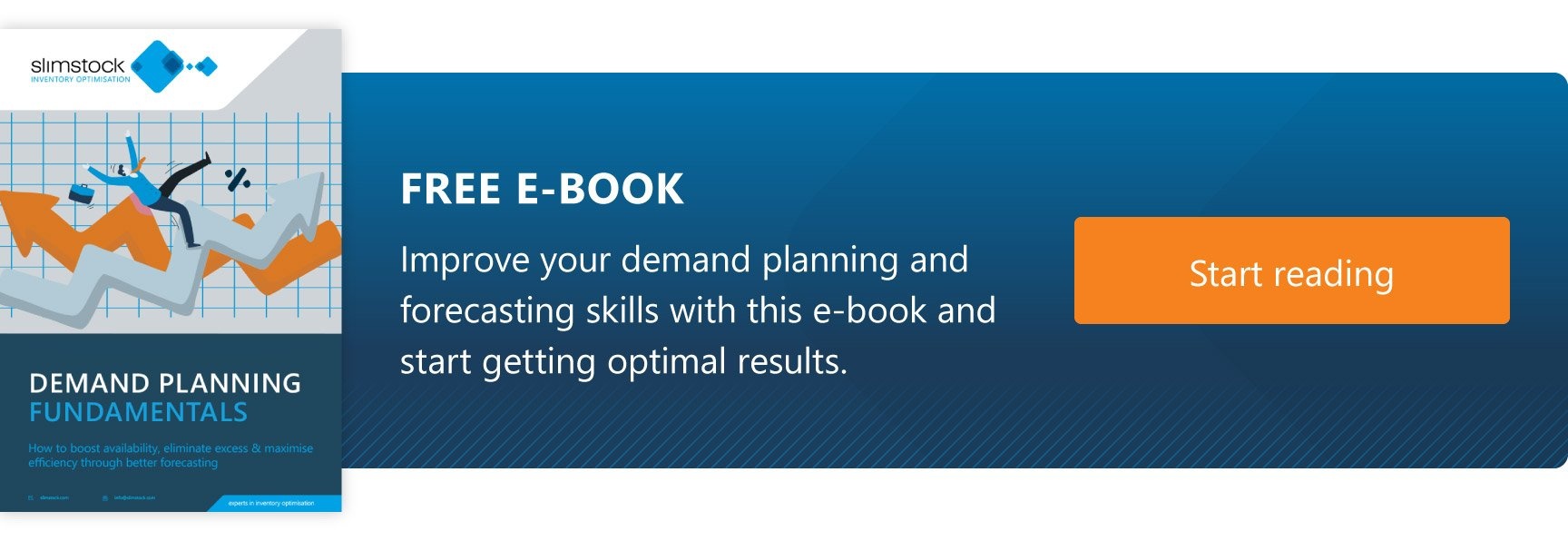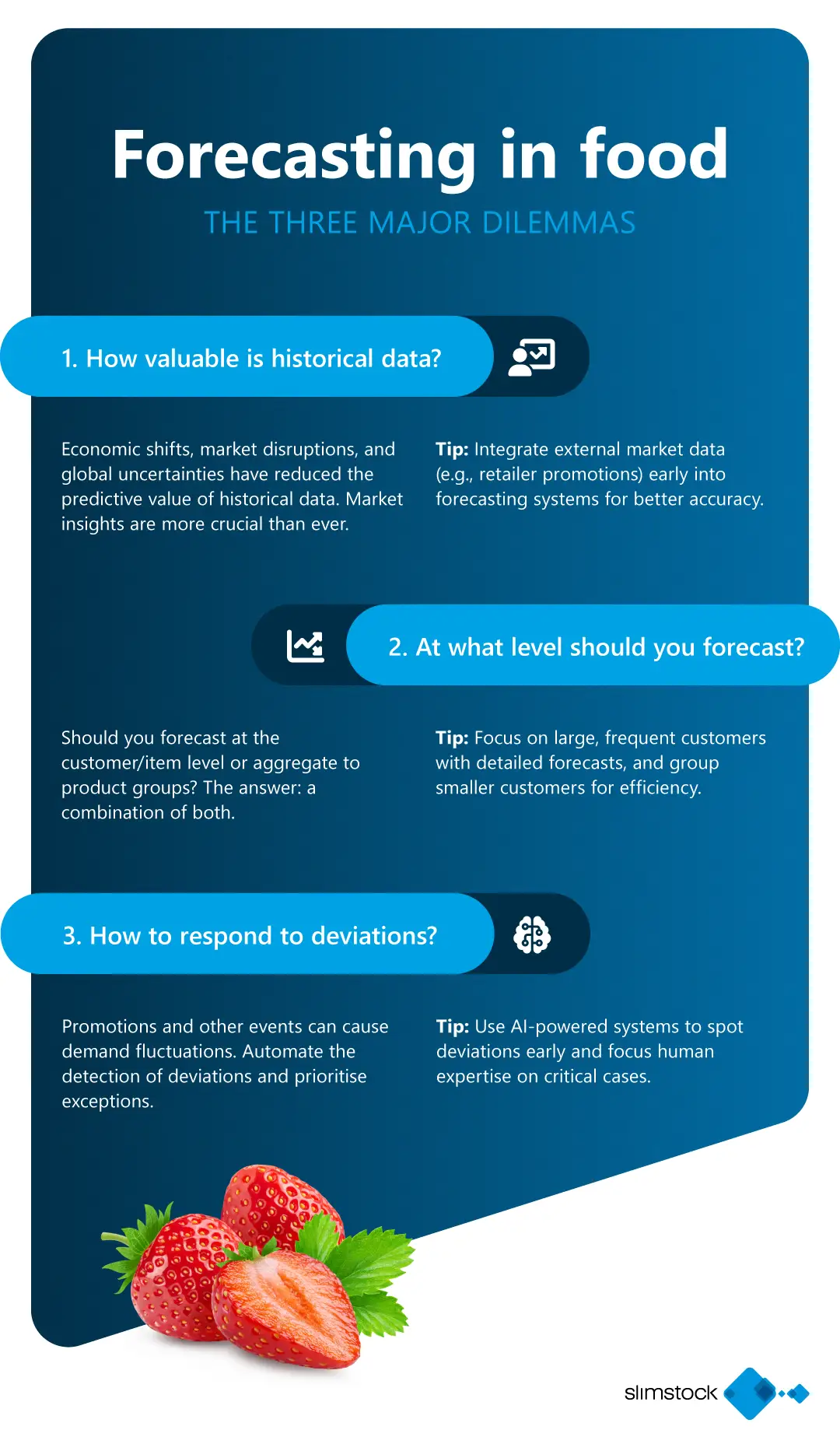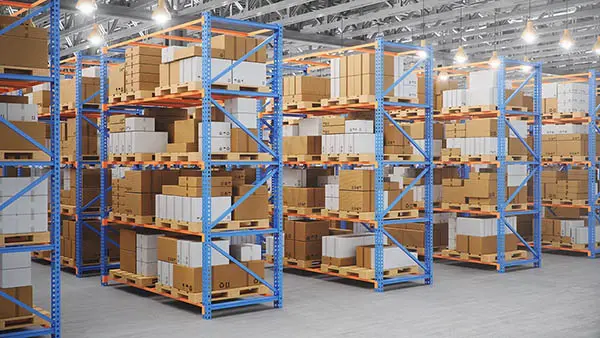For food companies, having an effective forecasting process is vital. Without accurate demand predictions, the wrong products end up in stock, waste increases, and retailer requirements cannot be met. However, predicting future demand is now more challenging than ever.
What is the predictive value of historical sales data? At what level should you forecast when planners are in short supply? And how should you respond to fluctuations in an extremely volatile market?
In this article, we explore these three key dilemmas in more detail and provide tips to help you make the right decisions.
A challenging landscape for the food industry
Manufacturing and trading companies in the food industry are under significant pressure. Demand is unpredictable, and retailers expect exceptionally high delivery reliability. The On Time in Full (OTIF) rate must exceed 99%, or penalties will follow. Meanwhile, perishable products need to be as fresh as possible when they reach the shelves.
Food companies are often caught off guard by promotional campaigns or last-minute changes from retailers—despite having set their purchasing and production plans in motion weeks in advance. How frustrating it is to realise that your scarce production capacity has been allocated to the wrong products!
Supply chain decisions
For food companies, creating an accurate sales forecast is crucial. The better they can predict what a customer will order, the more reliably and freshly they can deliver. It also allows for more efficient production with less waste.
However, the focus is not so much on the forecast itself, but rather on what a company does with it. How do you move from a forecast to a well-balanced demand plan? How do you translate that demand plan into a procurement and production strategy that optimally supports your financial KPIs? And how do you continuously align operations with strategy?
Ultimately, these are the key decisions that determine whether a food company succeeds or struggles.
From forecast to demand planning
A forecast generally consists of two parts: a statistical and a pragmatic component.
The statistical part calculates demand based on historical sales data, using mathematical algorithms and, increasingly, AI and machine learning. The pragmatic part incorporates external market information—data that cannot be derived from historical trends but is often known to sales teams or other departments.
This includes upcoming contracts with new retail clients, changes to shelf layouts, or products being phased out. These planned events can significantly impact demand and must be factored into the demand planning process.
Dilemma 1: How valuable is historical data?
In the wake of COVID-19, inflation, the war in Ukraine, and other disruptive events, consumer demand has become highly volatile. Past sales figures and contextual data have lost much of their predictive power, making it harder for businesses to rely on historical sales data alone. While statistical forecasting remains the foundation, market insights and customer data are becoming increasingly crucial.
A clear example is planned retail promotions. These can trigger massive spikes in demand, so supply chain teams must be informed as early as possible.
Our recommendation: Make the integration of external data an explicit part of the forecasting process. Retailers’ promotional calendars and forecast figures must be quickly and accurately incorporated into planning systems—rather than sitting forgotten in a salesperson’s inbox.
A common complaint is that retailer forecasts are of poor quality. That may be true, but it’s no excuse to ignore them. For key customers, it’s wise to compare their forecasts with internal projections and always have a planner or salesperson assess any discrepancies.
Dilemma 2: At what level should you forecast?
Another key consideration for companies is determining the most effective level at which to forecast. Should you forecast total demand across all products in one go, or should you calculate future demand for each individual item and customer separately?
We observe that planning teams prefer to forecast at the customer/item level because it provides the most concrete insights and is particularly useful for (customer-specific) promotions. The reasoning is often that the more detailed, the better. However, when it comes to forecasting, this is not always the case. Forecasting at the customer/item level requires a significant amount of time from planners and increases the risk of getting lost in details. Additionally, there is often less data available at this granular level, making statistical forecasts inherently less reliable.
At the customer or product group level, demand can be predicted much more accurately by a system than at the individual customer/item level, especially when an item is only ordered a few times a year.
The key is to structure the forecasting process in a way that maximises the use of technology while also making the best possible use of market insights from commercial teams. The ideal approach is a combination: forecast a select number of large customers at the customer/item level while forecasting a ‘remaining group’ of smaller customers at the item level. This way, you get the best of both worlds:
- Large customers, who place orders weekly and generate substantial amounts of data, are well-suited for statistical forecasting and deserve focused attention from sales teams.
- Smaller customers, who order less frequently, are better forecasted at a higher aggregation level, ensuring that planners do not spend a disproportionate amount of time on them.
Dilemma 3: How to respond to deviations?
Promotions and other events can cause significant fluctuations in demand. Particularly in the food industry, where products have a short shelf life, these fluctuations can easily lead to waste. It is crucial not only to forecast these spikes accurately but also to recognise, interpret, and respond appropriately to them in demand planning.
To achieve this, it is advisable to implement a robust ‘outlier detection’ process and use the right tools. With smart software and/or machine learning, deviations in demand can be increasingly detected with precision. Furthermore, when interpreting data, it is essential to differentiate based on customer type:
- For key (A) customers, a supply chain planner should review the deviation.
- For smaller customers, efficiency should take precedence, allowing the system to make the decision.
Effectively responding to deviations requires a well-balanced interaction between human expertise and system automation. Supply chain planners are currently in high demand and should focus their time only on tasks where they add the most value. Our recommendation is to apply the principles of management by exception: automate routine decisions as much as possible, and involve human planners only when there is a significant deviation or when dealing with key customers.
To achieve this, an advanced supply chain planning system is essential—one that can identify deviations, prioritise them, and assign them to the appropriate person for action.
Software and knowledge
Forecasting in food is essential for survival, but as we’ve shown in this article, there are quite a few pitfalls. Make use of external market information, choose the right mix of aggregation levels, and focus on exceptions. These are just a few of the tips we regularly share with food clients who use our solutions.
For nearly 30 years, our team and AI-driven platform (Slim4) have been improving supply chains worldwide. Our solutions are designed to help businesses in every field make better supply chain decisions. Through the Slimstock Academy, we support our clients and anyone who is committed to continuous improvement. If you’d like to know more about forecasting and planning in the food industry, please get in touch. We’d be happy to explain what we can offer and how we can assist you with this critical aspect of your business. If you want, you can check our demand forecasting software.







